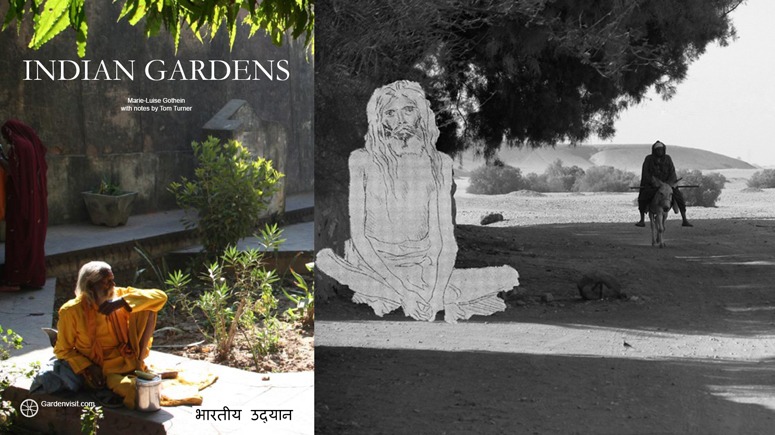It is known that Homo sapiens sapiens evolved in Africa and migrated into Asia but remained an entirely nomadic species until c10,000 BC. Christ was born in 1 AD and monasticism was unknown in Christianity until the end of the third century, with St Anthony of Egypt (251-356) one of the first Christian hermits. The practice of retreating into natural landscapes was much older. It is found in the Bon religion, in Hinduism and in Daoism. Buddhist monks developed monastic communities after 400 BC. One can therefore hypothesize that the roots of Christian monasticism extend back to the habit of retreating into the wilds in Central Asia, as does the architectural practice of arranging residential cells around a square of grass. It is likely that the central square space was a symbol of The Earth, just as a circle was a symbol of Heaven. Should this hypothesis be correct, there is a powerful case for managing cloisters as green voids with grass and wild flowers. See posts on Certose Cloister, Canterbury Cloister and Salisbury Cloister. If correct, the hypothesis supports the contention that early cloisters were not used as gardens or for any kind of gardening activity.
(The left image is the cover of the Indian Gardens eBook. The right image is a montage of a rishi onto a photograph of Egypt).


Dharavi is the home to Sri Siddhi Vinayakar Temple, the 120-year old Dharavi Mosque and St. Anthony’s Church. [ http://thewhereblog.blogspot.com/2009/06/dharavi-ii-does-this-look-like-slum.html ]